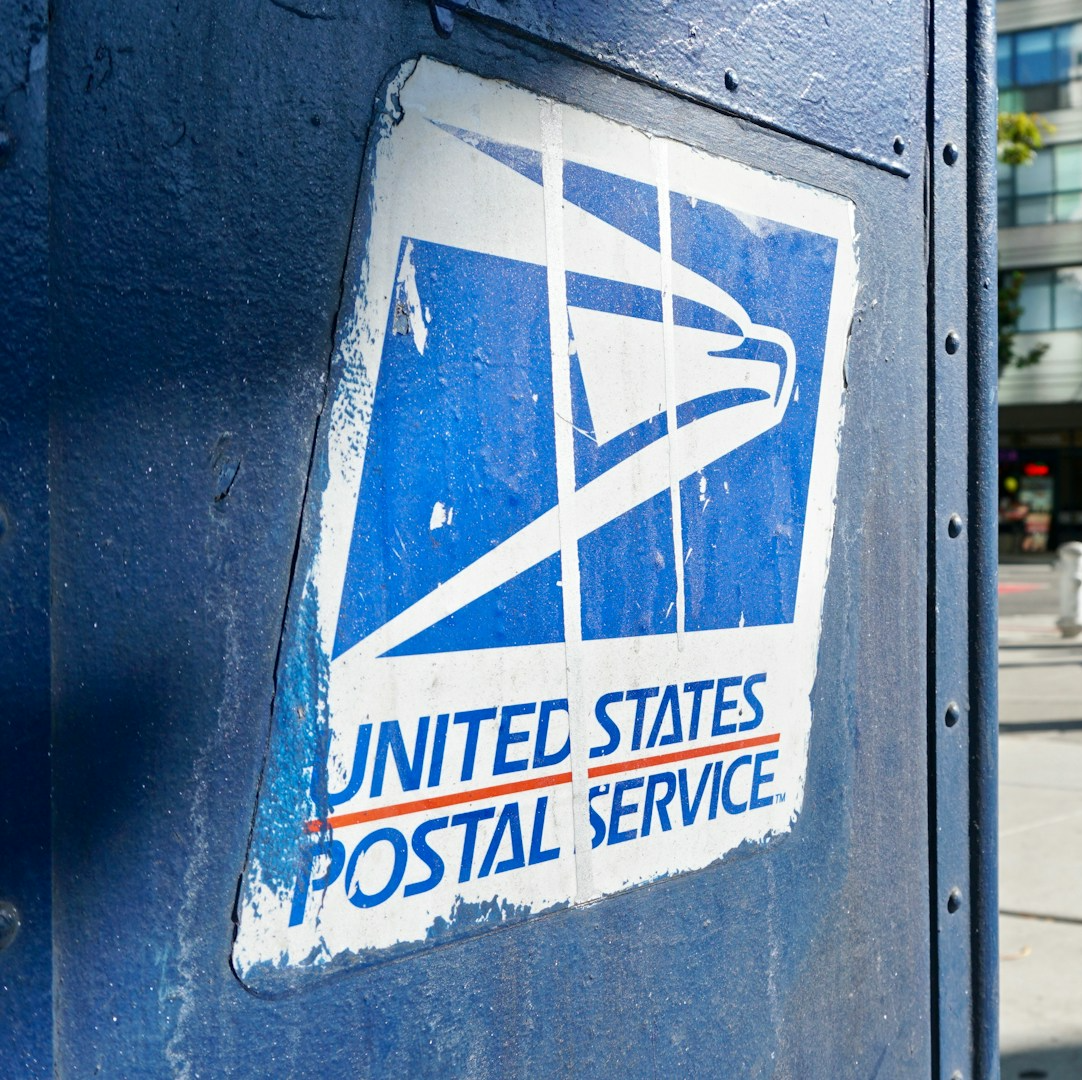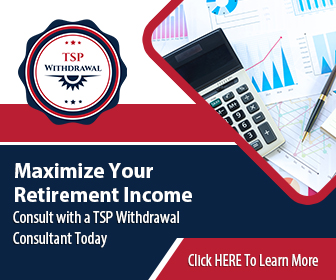Key Takeaways:
- Big changes are coming to postal employees’ retirement and health benefits.
- Planning and staying informed now can help maximize benefits and streamline your transition into retirement.
Get Ready for a New Chapter in Your Retirement Journey
As a postal employee, retirement probably feels like a mix of excitement and uncertainty. You’ve worked hard, and you deserve a retirement that rewards your commitment. But in recent years, you’ve likely noticed that things have been shifting with your benefits, and more changes are on the horizon. Let’s walk through what to expect, what’s changing, and how you can prepare to make the most of your retirement.
Why Are Changes Happening?
- Also Read: FAA, Law Enforcement, and Special Federal Employee Categories—Here’s What Makes Their Retirement Unique
- Also Read: Blending Private and Public Sector Retirement Plans Is Complicated—Here’s Where Couples Get It Wrong
- Also Read: The Silent Shift in Postal Service Retirement Benefits That Could Change Everything by 2026
New PSHB Program: The Basics
With the PSHB program officially replacing FEHB for postal workers starting in January 2025, many postal employees will find new plan options to meet their healthcare needs. Here are some points to keep in mind:
- Automatic Enrollment for 2025: If you’re currently enrolled in the FEHB, you’ll automatically be enrolled in a comparable PSHB plan unless you actively choose a different option during Open Season, which runs from November 11 to December 9, 2024.
- Medicare Integration Requirements: For those retiring on or after January 1, 2025, who become eligible for Medicare Part A, enrolling in Medicare Part B will be required to remain in the PSHB program. Current retirees are exempt from this unless they’re already enrolled in Medicare Part B.
These are significant adjustments for anyone planning to rely on PSHB for healthcare coverage in retirement. Take time to review your options during Open Season and assess whether your coverage aligns with your healthcare needs and retirement budget.
Understanding Your Retirement Timing and Options
Choosing when to retire is a huge decision, and knowing the right timing can make a substantial difference in the benefits you receive. Here’s a breakdown of the key factors to consider:
- Minimum Retirement Age (MRA): Your eligibility for retirement benefits depends on your age and years of service. For those under the Federal Employees Retirement System (FERS), the minimum retirement age is between 55 and 57, depending on birth year.
- Service Years: A full retirement annuity is available at age 60 with at least 20 years of service or at age 62 with at least five years of service.
- MRA+10 Option: FERS employees who reach their MRA but haven’t met other retirement age or service requirements can retire under the MRA+10 provision. However, there’s a reduction in benefits for early retirement.
With changes to your benefits coming soon, think about how these options might fit into your retirement plans. For example, retiring later may allow you to make the most of benefits like the Thrift Savings Plan (TSP) and your annuity, while early retirement may reduce overall benefits.
Aligning Healthcare with Your Retirement Strategy
When it comes to retirement, healthcare costs are often one of the biggest concerns. The PSHB program is a significant part of that, but other options exist too. Here are some essential points to factor into your plan:
- Cost Planning: The cost of healthcare rises with age, so keeping health insurance coverage throughout retirement is crucial. Although premiums for PSHB plans may be adjusted each year, consider setting aside a portion of your savings to cover any increases in premiums and deductibles.
- Coordinating PSHB and Medicare: Enrolling in Medicare Parts A and B at age 65 can provide more comprehensive coverage when combined with PSHB. You may also benefit from the lower out-of-pocket costs Medicare can offer, helping to offset deductibles, coinsurance, and out-of-pocket maximums within your PSHB plan.
This healthcare integration can be beneficial, especially if you anticipate high medical expenses or have chronic conditions. Be sure to explore your options, as the right balance between Medicare and PSHB can result in substantial savings over the years.
Maximizing Your Thrift Savings Plan (TSP)
The Thrift Savings Plan (TSP) is a valuable piece of your retirement income, so consider maximizing its potential before you retire. Here are some ways to make the most of it:
- Contribution Limits and Catch-Up Contributions: The TSP contribution limit for 2024 is $23,000, with an additional catch-up limit of $7,500 for those aged 50 and above. If you’re getting close to retirement age, contributing as much as possible can build your nest egg faster and provide a more comfortable financial cushion.
- Understanding Required Minimum Distributions (RMDs): Once you reach age 73, the IRS requires you to start withdrawing from your TSP if you’re no longer working. Plan for these withdrawals, as they can impact your income tax situation.
The TSP is designed to work alongside your FERS annuity and Social Security benefits, providing a steady income stream during retirement. The more you can contribute now, the better you’ll be set up to enjoy those golden years.
Social Security and Postal Retirement
Social Security provides another source of income for FERS-covered postal employees. Here’s what you should know about claiming Social Security in retirement:
- Timing Your Claim: You’re eligible to claim Social Security at age 62, though doing so before full retirement age (typically around 66 or 67) reduces your monthly benefits. Waiting until full retirement age or even delaying until age 70 can increase your monthly benefit.
- Social Security Earnings Limit: If you choose to continue working after claiming Social Security before your full retirement age, be mindful of the annual earnings limit. For 2024, the earnings limit is $22,320, after which Social Security benefits may be reduced.
Prepare Now for a Smooth Transition
Retirement planning doesn’t have to be overwhelming, but it does take some time to prepare and make sure you’re in the best position possible. Here’s a quick recap of the key action steps:
- Review Your PSHB Options: Open Season is your chance to make sure your health coverage fits your needs.
- Consider Timing for Retirement: Evaluate your eligibility and age requirements.
- Maximize TSP Contributions: Make the most of your savings potential, especially if you’re close to retirement.
- Plan for Medicare and Social Security: Understand how Medicare and Social Security will supplement your PSHB and annuity.
With these steps in place, you’ll feel much more confident and prepared to take on the retirement phase of life.
Moving Forward with Confidence
Embracing retirement as a postal employee comes with its own set of unique changes, but you’re not alone in navigating them. Taking control of your retirement planning can make the transition easier and help you maximize your hard-earned benefits. Retirement should be a time to relax and enjoy life, so let these steps guide you towards a comfortable, well-planned future.













